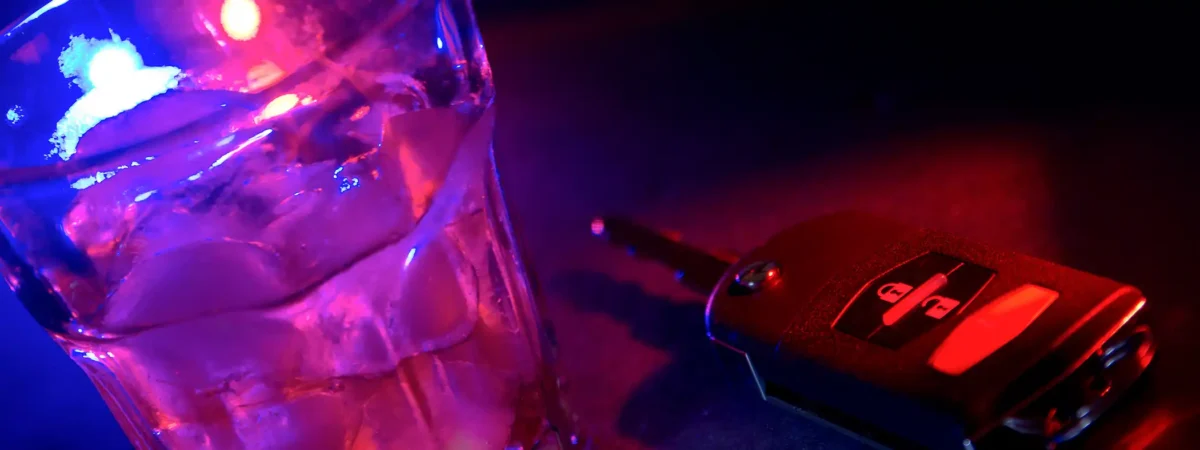
Metabolism Rate for Alcohol or “Alcohol Burn-off Rate”
There have been those times when you’re out having a drink with your friends and you think, “Wow, how did that person get drunk so quickly?” Then conversely you think to yourself, “That guy really can handle his liquor.” Well, the answers for why this happens is understanding how alcohol metabolizes in the body. The law can be confusing regarding “drunkenness” if you will. It is especially the case if you are facing a charge for driving under the influence (DUI).
How Much Do I Need to Drink Until I’m Legally “Drunk”?
The “legal limit” is based off of how much alcohol is in an individual’s bloodstream. It is commonly known as someone’s BAC, or more specifically their blood alcohol content. The blood alcohol limit is 0.08 percent across the United States for someone to be considered an impaired driver. There are “per se,” i.e. when you blatantly violate a statue, laws where if you are shown to have a BAC of 0.08 there are no other forms of evidence for you to be deemed intoxicated. Naturally, illegal or prescription drugs do not fall into this category of “intoxication.”
At this point, you might be asking, “How many drinks does it actually take for a person to reach that limit?” Practically speaking, there is no magic number. Typically, alcohol is absorbed somewhat quickly in the blood, but the metabolism process is quite a bit slower. An example could be something like: a person weighing roughly 150 pounds can add 0.02 percent to their BAC per hour (per drink), while the metabolic rate is 0.01 percent per hour.
Finding that “magic number” can depend on many factors, including:
- Your height and weight
- Your individual metabolic rate
- Even, the amount of food consumed
What is the Speed of Alcohol Metabolism?
Alcohol, generally, burns off at a rate of .016 BAC an hour. Is this slow or quick? This can also be classified as about one drink per hour. This rate is pretty standard across the board for most people. The main difference is how someone’s BAC rises. A female that is smaller in stature might have her BAC rise quicker with less alcohol than a larger male. For a man, it could take up to five or more drinks in an hour to hit the legal limit. Conversely, for a woman, it may only take two or three drinks.
The liver uses an enzyme called alcohol dehydrogenase when you start to consume alcohol. This enzyme attaches itself to the ethanol, or alcohol, and breaks it down. In most cases, this is the body’s main response for removing alcohol, unless you have been binge drinking or are extremely intoxicated.
In extreme cases your liver can produce a second enzyme called CYP2E1. You may need hospitalization due to alcohol poisoning and are nowhere near safe to drive if you have been drinking this heavily.
Alcohol dehydrogenase can only be produced by the liver and can only produce so much at one time. That being said, your body has a standard in which alcohol can be burned off.
Most of the time, everyone has unique body processes, and metabolism varies among individuals. The burn-off of alcohol is a little bit different. Alcohol dehydrogenase can only work at a certain speed. It doesn’t matter your gender, height, weight, or whether you have had a light beer or hard liquor. Your body only has the ability to break down alcohol at a rate of about .016% per hour. Any variation is so minor that it wouldn’t have a major effect.
What Are Elements that Affect Alcohol Absorption?
For the most part, experts agree that there are a number of factors that affect someone’s rate of alcohol absorption.
Here are factors to examine:
- Food: Drinking on an empty stomach can cause you to become intoxicated quicker. Food is a huge asset in slowing down the rate in which the alcohol is absorbed. You should consider eating high protein foods prior to drinking to limit how quickly the alcohol is absorbed.
- Type of Alcohol: All drinks are not made equally. Boiled down, hard liquors such as mezcal or bourbon have a much higher alcohol concentration than beer or even wine. The recommended rate for this type of drink is about one an hour.
- Gender: Alcohol can take effect quicker in women than men. Why is this? Women are generally smaller than men, and women have about half of the enzymes used to metabolize alcohol compared to men.
- Body Fat to Muscle Mass: Blood alcohol content levels is increased for people with higher levels of body fat. Fat tissue is very low in water content and can’t absorb alcohol, thus it remains in the bloodstream until the liver has a chance to break it down. Conversely, tissues higher in water content, like a muscle, will absorb alcohol. This is why BAC will usually be higher in the person with more body fat.
- How Quickly You Consume Alcohol: This one is self-explanatory. If you drink faster than the alcohol is broken down, you will get drunk… Fast.
If you have been charged with a DUI in the Cincinnati area, please give us a call today. We would love to educate you on the DUI process and fight for your rights!

ATTORNEY KELLY FARRISH
Kelly Farrish always knew he wanted to be an attorney, but he the path he took to get there isn’t like most. He served five years in the United States Air Force and did two voluntary years in South Vietnam. When he returned to Cincinnati, he worked the midnight shift as a technician at Cincinnati Bell, all the while attending college full time year round for three years. He graduated Cum Laude from the University of Cincinnati. [ ATTORNEY BIO ]








